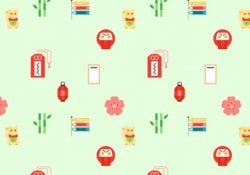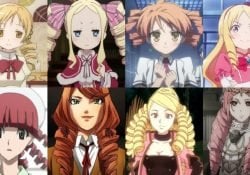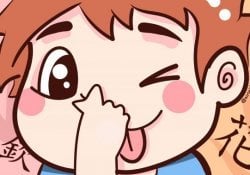In this article, we'll teach you how to learn the main Japanese alphabet Hiragana, which is used to write most words in the Japanese language. We will also see its history, origin, curiosities and peculiarities.
The Japanese language consists of 3 alphabets, Hiragana, Katakana and Kanji. This article is focused only on Hiragana, but we recommend that you also read the other articles below:
- KANA: Definitive Guide to Hiragana and Katakana - Japanese alphabet
- 7 Tips for Learning the Japanese Alphabet Hiaragana and Katakana
Índice de Conteúdo
What is Hiragana?
Hiragana is one of the three Japanese writing systems, consisting of 46 characters representing syllables of the Japanese language. In total, 107 syllables are formed from the 46 characters of Hiragana, including the syllables with the prolonged vowels and the syllables with the particles "ya", "yu" and "yo".
The most used Hiragana in Japanese are those that make up grammatical particles and auxiliary verbs, which are fundamental for building sentences in Japanese.
In the process of learning the Japanese language, Hiragana is usually one of the first writing systems that students learn. Hiragana is often used in texts for beginners, children's books, and other teaching materials for Japanese learners. It is also used for writing many names of Japanese places, foods, and other objects.
The Hiragana Alphabet
See below an image and a list of the entire Hiragana alphabet, including the modifications made with long vowels, dakuten and handakuten.
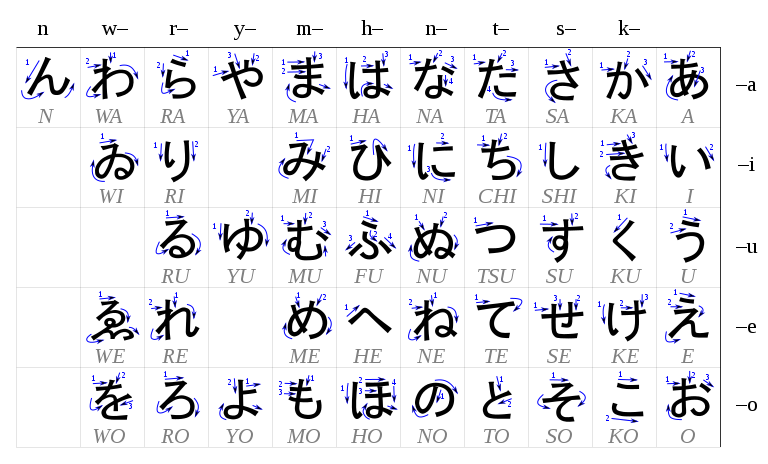
Complete Hiragana Table
| a | i | u | and | o | |
|---|---|---|---|---|---|
| あ (a) | い (i) | う (u) | え (e) | お (o) | |
| K | か (ka) | き (ki) | く (ku) | け (ke) | こ (ko) |
| S | さ (sa) | し (shi) | す (su) | せ (if) | そ (so) |
| T | た (okay) | ち (chi) | つ (tsu) | て (you) | と (to) |
| No | な (na) | に (ni) | ぬ (naked) | ね (ne) | の (no) |
| H | は (ha) | ひ (hi) | ふ (fu) | へ (he) | ほ (ho) |
| M | ま (ma) | み (me) | む (mu) | め (me) | も (mo) |
| Y | や (ya) | ゆ (yu) | よ (yo) | ||
| R | ら (ra) | り (laughs) | る (ru) | れ (re) | ろ (ro) |
| W | わ (wa) | を (wo) | |||
| No | ん (n) |
Table of Dakuten and Handakuten:
| a | i | u | and | o | |
|---|---|---|---|---|---|
| k | が (ga) | ぎ (gi) | ぐ (gu) | げ (ge) | ご (go) |
| s | ざ (za) | じ (ji) | ず (zu) | ぜ (ze) | ぞ (zo) |
| t | だ (da) | ぢ (ji) | づ (zu) | で (from) | ど (do) |
| h | ば (ba) | び (bi) | ぶ (bu) | べ (be) | ぼ (bo) |
| p | ぱ (pa) | ぴ (pi) | ぷ (pu) | ぺ (pe) | ぽ (po) |
Table of Kya, Kyo, Kyo and similar:
| a | i | u | and | o | |
|---|---|---|---|---|---|
| k | きゃ (kya) | きぃ (kyi) | きゅ (kyu) | きぇ (kye) | きょ (kyo) |
| g | ぎゃ (gya) | ぎぃ (gyi) | ぎゅ (gyu) | ぎぇ (gye) | ぎょ (gyo) |
| s | しゃ (sha) | し (shi) | しゅ (shu) | しぇ (she) | しょ (sho) |
| z | じゃ (ja) | じぃ (ji) | じゅ (ju) | じぇ (je) | じょ (jo) |
| t | ちゃ (cha) | ちぃ (chi) | ちゅ (chu) | ちぇ (che) | ちょ (cho) |
| d | ぢゃ (ja) | ぢぃ (ji) | ぢゅ (ju) | ぢぇ (je) | ぢょ (jo) |
| n | にゃ (nya) | にぃ (nyi) | にゅ (nyu) | にぇ (nye) | にょ (nyo) |
| h | ひゃ (hya) | ひぃ (hyi) | ひゅ (hyu) | ひぇ (hye) | ひょ (hyo) |
| b | びゃ (bya) | びぃ (byi) | びゅ (byu) | びぇ (bye) | びょ (byo) |
| p | ぴゃ (pya) | ぴぃ (pyi) | ぴゅ (pyu) | ぴぇ (pye) | ぴょ (pyo) |
We also recommend reading: Disused Hiragana and Katakana ゐゑ𛀁ヰヱ
The History of Hiragana
Hiragana is a syllabic writing system that originated in Japan around the 9th century AD.
Before Hiragana, Japanese writing was done exclusively in Kanji, which are Chinese characters adapted to the Japanese language. However, Kanji did not represent the syllables of the Japanese language, which made it difficult for common people to write and read texts.
It was then that Hiragana was developed by women of the Japanese court, who began to use Kanji to represent Japanese syllables. Initially, Hiragana was called "onna-de" or "women's writing" because it was mainly used by women of nobility.
Over time, the use of Hiragana spread and it became a widely used writing system. Furthermore, it has been expanded with new characters, including some derived from Kanji, and has become a fundamental part of Japanese writing.
Nowadays, Hiragana is one of the first writing systems that Japanese children learn in school and is widely used in Japanese texts, especially in informal texts such as personal letters, diaries and text messages.
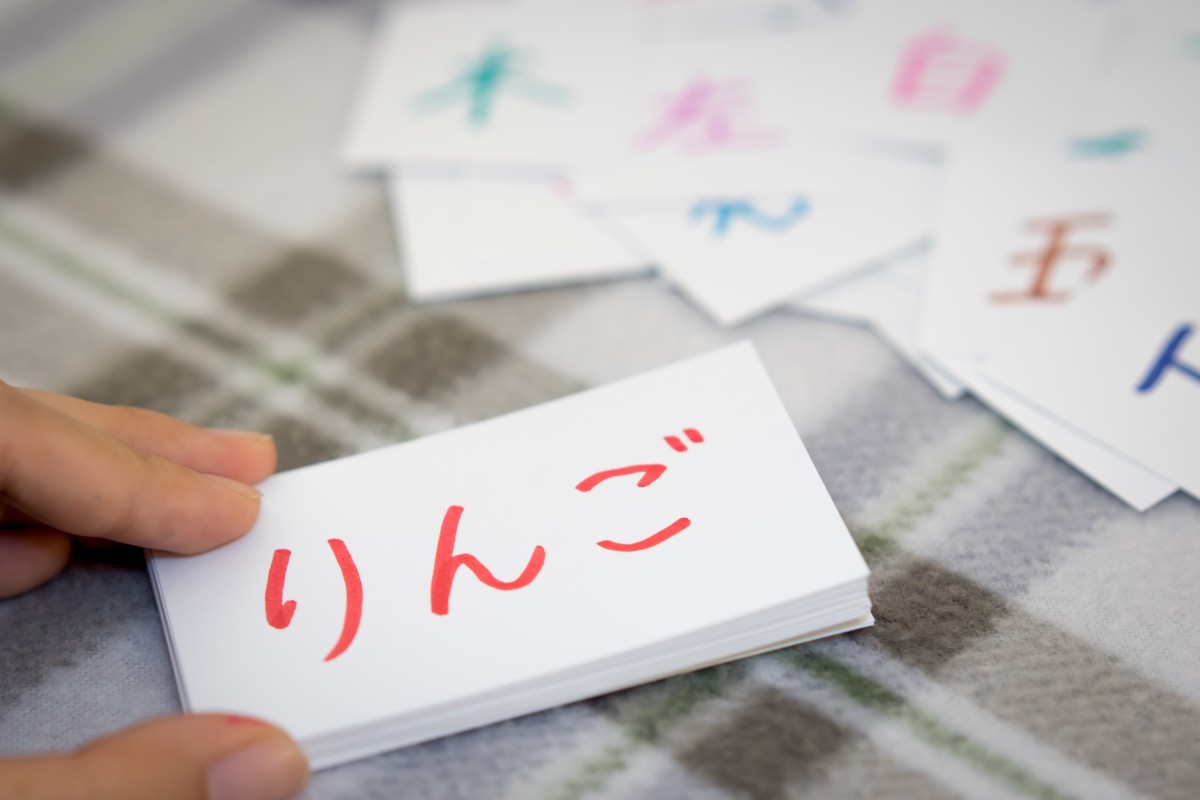
The article is still halfway through, but we recommend also reading:
When is Hiragana used?
Hiragana is mainly used for writing words of Japanese origin and for grammar, as many Japanese words are written in Kanji, it is common to use hiragana to facilitate the writing of these words.
Hiragana is mainly used to write grammatical particles, auxiliary verbs and other grammatical function words that cannot be written in Kanji.
Any word in the Japanese language can be written using hiragana, but it is not recommended to use only hiragana, if we only use hiragana, the entire text would be completely meaningless, since Japanese has many words with the same pronunciation.
As you study the Japanese language, you will learn which words are common to write using Hiragana, and which ones would look awkward. Everything can also vary with context and formality.
How to know if a word can be written in Hiragana?
The best way to tell if a word is commonly spelled in Hiragana is to familiarize yourself with Japanese words and grammar. Here are some general tips that can help you identify when to use Hiragana:
- Japanese words that don't have a corresponding Kanji are usually written in Hiragana.
- Grammatical particles such as "は" (wa), "が" (ga), "を" (o) etc. are always written in Hiragana.
- Auxiliary verbs and their respective conjugations, such as "ます" (masu), "て" (te), "た" (ta) etc., are written in Hiragana.
- Words that are commonly written in Katakana, such as the names of countries, cities, foreign foods and drinks, are generally not written in Hiragana.
- Some Japanese words that are usually written in Kanji but have additional Hiragana to give the correct reading, such as "食べる" (taberu - eat), have the Kanji for "eat" and the Hiragana reading "べ" to give the correct pronunciation.
How to learn Hiragana?
At the beginning of the article we recommend a very good article that shares tips on how to learn Hiragana and Katakana. We also have a video lesson below that can help you understand the Hiragana alphabet a little more:

